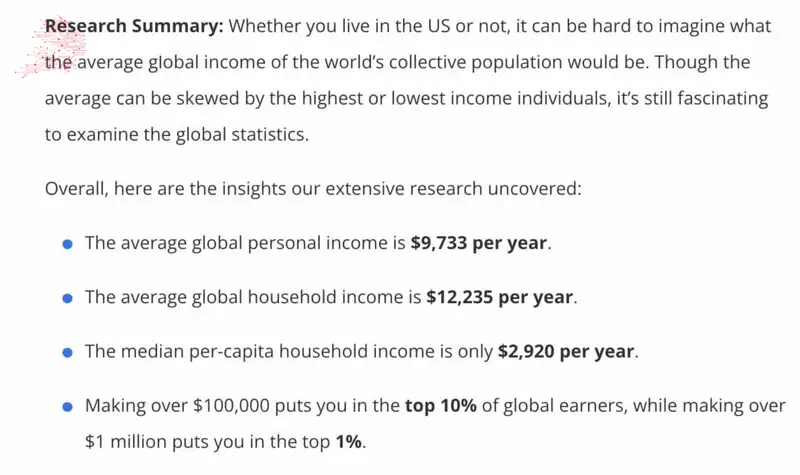Price of freedom? Bitcoin users pay a world’s average working day in fees
Bitcoin’s (BTC) average transaction fees reached a 4-month high of $24.39 on April 12, nearing the world’s average daily income of $26.66. Bitcoin users and investors now wonder how far network transaction fees can go in the following weeks.
Finbold retrieved on-chain data from BitInfoCharts on April 13 regarding the average network fees paid by users the day before. Notably, the average transaction fee historical chart displays USD levels seen for the last time in December 2023.
Yet, this increase is partially explained by Bitcoin’s year-to-date price surge, considering lower averages previously measured in BTC or sats/vB. On April 12, the network registered an average of 0.00036 BTC paid per transaction, at a 158.3 sats/vB rate.
Picks for you
This rate means that 0.00000158 BTC was paid for each virtual byte (vB) stored in the leading blockchain. Interestingly, this results in an average of $0.10/vB, with Bitcoin trading at $67,750 by press time.

Bitcoin transaction fees at the average global personal income
In this context, it is worth understanding how significant the recent Bitcoin average transaction fees are for the world’s population.
A study published one year ago – on April 13, 2023 – by Zippia, highlights this significance. In particular, the yearly average global personal income of $9,733 translates to a daily average of $26.66. Thus, just $2.27 higher than the current network fees observed for the most popular cryptocurrency, promised as “freedom money.”

In summary, the combination of these data is evidence that the average Bitcoin user is paying the equivalent of the average world’s working day. Therefore, this raises questions about Bitcoin’s ability to deliver the project’s promise of being a “peer-to-peer electronic cash system” at a worldwide scale, in Satoshi Nakamoto‘s words.
The price of freedom
According to Alex Gadstein, Chief Strategy Office of the Human Rights Foundation (HRF), this promise is one of Bitcoin’s key use cases, which supports freedom and helps fight dictatorships.
Now, this vision could be threatened by the protocol’s particular design, as a result of unpredictable network fees and limited usability for people who live below the average income threshold. For that reason, Bitcoin developers and investors have been researching second-layer solutions, to diminish end-user fees, and increase its accessibility.
On the other hand, cryptocurrencies like Bitcoin Cash (BCH), Litecoin (LTC), and Monero (XMR) offer significantly lower transaction fees for the average user. Furthermore, the cryptocurrency landscape also has unique approaches like Nano (XNO), securely working since 2015 with absolute zero network fees.
Despite the different designs, these projects still hold the decentralization ethos promoted by the leading competitor, and the will to achieve more accessible freedom through peer-to-peer permissionless money systems.
Comments
Post a Comment